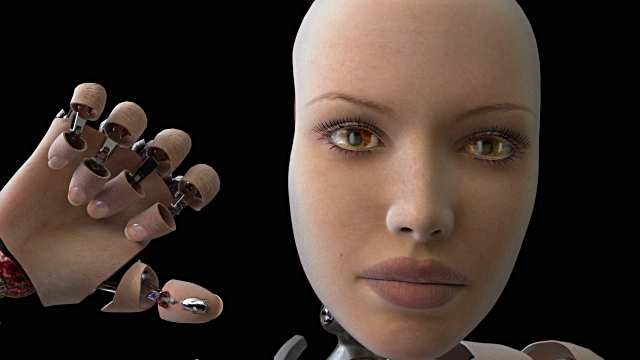As part of my second year Concepts and Collaboration in Digital Humanities course work taught by Dr. Donna Alexander, I was required to read an article called “A Cyborg Manifesto“ by Donna Haraway.
In my opinion, I found Haraway’s “A Cyborg Manifesto” article quite difficult to understand. Her style of writing and her use of language in particular, was very confusing but after reading the article and the summary on the internet a couple of times over, I began to have a better understanding of her way of thinking. I was so intrigued by the fact that this article was written in 1983, where technology did not influence the lives of people as much as it does today and the second reason is, that the technology that they had back in the 80’s was not as advanced and efficient as what we have today but Haraway was able to comprehend that “modern machinery is an irreverent upstart god, mocking the Father’s ubiquity and spirituality”. She is a woman ahead of her time.
My understanding of Haraway’s definition of a Cyborg is defined into two different key aspects:
Firstly, it is a “cybernetic organism”, meaning that it is often depicted as ‘half-human, half-machine’ beings with robotic or bionic implants. I would like to elaborate more on this point, as it strikes me the most. Haraway stated that a cyborg is a “condensed image of imagination and material reality” between organism and machine. She also mentioned that “our best machines are made of sunshine, they are all light and clean, nothing but signals, electromagnetic waves”. To look at it in that perspective, I agree with her totally. I think that we as humans are so fascinated by this idea and relying so much on this technology, that we sometimes forget what it is to be human. Her idea of ‘machine and light’ could be a metaphor for the living things on this planet, that without light nothing will grow.
This brings me to the final point where a cyborg is a “creature of social reality and fiction”. Haraway pointed out to us that “the boundary between science fiction and social reality is an optical illusion” and that “modern machines are quintessentially micro-electronic devices: they are everywhere and they are invisible”. In my opinion, Haraway does not deny that technology poses a challenge to human rights and justice. She endorses the identity of “the cyborgs” as a means of undermining capitalist and patriarchal power. The power of the “cyborgs” is both material and symbolic.
To come to a conclusion, Haraway’s theory is remarkably relevant in today’s world. Where everything is possible, from driver-less cars to robotic limbs. I think we are becoming “cyborgs” more rapidly than we imagined and if we already are cyborgs, then it is safe to say that this has shaped our existence as human beings. “The cyborg is our ontology; it gives us our politics”. Our society today has become more and more accepting of all things that were considered out of the ordinary back in the 80’s, so in my opinion, I think this is a change for the better.


